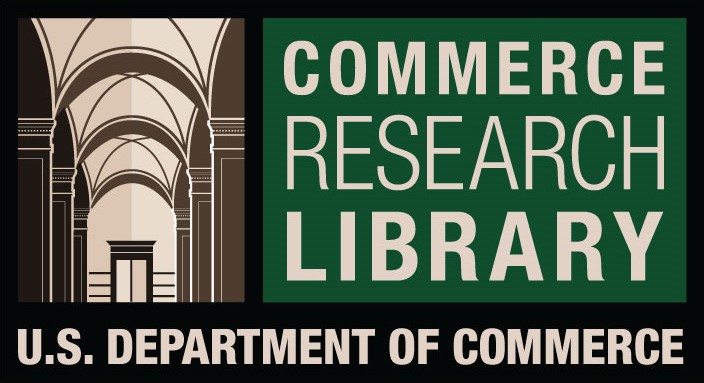Morphological Descriptive Study of Borrowings In Iraqi Undergraduate Students
DOI:
https://doi.org/10.61841/gpq7kj65Keywords:
Observational Method, Morphological Borrowings, Borrowed, Loan words, Root Morphemes, Derivational Morphemes, Inflectional MorphemesAbstract
Most languages tend to borrow a new concept or word from other languages for different reasons. These new words are adapted in a way to resemble the native words inform, phonemes, spells, and even within the morphemes. They are treated as native words. Even though, native speakers of these languages are not aware of the fact that these are foreign words, not their native words. These words are merged in their native language to be part of it. The Iraqi dialect is full of these types of words (borrowed and loan words) which need further investigation. To obtain the aim of this study, a qualitative research strategy (observation technique) has been used to collect the data and then underline reasons and opinions for further knowledge of this phenomenon. Then, inter-rater reliability was used to maintain data reliability in observation procedures by comparing the agreement in three observational patterns or intervals of time. Each observational pattern or interval had lasted for three months. Followed by using (CVR) Lawshe's Method to obtain the validity of the population data. To demonstrate a crucial result that the Arabic language is a mixed language that tends to show aspectsofmorphological borrowings.
Downloads
References
Amiridze, N., Arkadiev, P., &Gardani, F. (2017). Borrowed Morphology (Language Contact and
Bilingualism). De Gruyter.
Andersen, G., &Graedler, A. L. (2020). Morphological borrowing from English to Norwegian:
The enigmatic non-possessive-s. Nordic Journal of Linguistics, 43(1), 3-31.
Biadsy, F., Hirschberg, J., & Habash, N. (2009). Spoken Arabic dialect identification using phonotactic modeling. 53. https://doi.org/10.3115/1621774.1621784
Chen, W., Irwin, D., & Xing, J. (2020). Towards a systemic functional model for characterizing
Chinese loanwords in English: The case of kowtow. Lingua, 248, 102977.
Dalton-Puffer, C. (1996). The French Influence on Middle English Morphology: A Corpus-Based
Study on Derivation (Topics in English Linguistics) (Reprint 2010 ed.). Berlin, Germany:
Mouton de Gruyter.
Durkin, P. (2020). Contact and Lexical Borrowing. The Handbook of Language Contact, 169-
179.
Gardani, F. (2018). On morphological borrowing. Language and Linguistics Compass, 12(10),
e12302.
Gardani, F. (2020). Borrowing matter and pattern in morphology. An overview. Morphology, 1-
20.
Greavu, A. (2014). A Classification of Borrowings: Observations from
Romanian/EnglishContact. Diversité et IdentitéCulturelleen Europe.
Harris, J. (2019). Issues related to the presence of Japanese loanwords of English origin in
vocabulary size tests. Asian Journal of Applied Linguistics, 6(1), 1–13.
Hwang, Y., & Davis, S. (2019). Pitch-Pattern Diffusion of Generational Tone Change in North
Kyungsang Korean English Loanwords. Language Research, 55(1), 129–150.
https://doi.org/10.30961/lr.2019.55.1.129.
Mangrio, R. A. (2016). The Morphology of Loanwords in Urdu: The Persian, Arabic, and
English Strands. Newcastle, UK: Cambridge Scholars Publishing.
Michnowicz, J., Hyler, A., Shepherd, J., & Trawick, S. (2018). Spanish in North Carolina:
English-origin loanwords in a newly forming Hispanic community. 1–12.
Jaafar, S. T. (2013). Listening Comprehension for First Grade Students of Department of English
Language Arts at AL-Yarmouk University College. Diyala Journal, (58), 799–819.
Jaafar, S. T. (2014). The Effect of Gender on the Achievement of Third Year Students in the
Area of English Drama. Arts Journal, (110), 61–82.
Jaafar, S. T. (2016). Iraqi EFL College Students’ Performance in the Area of Perfect Tense,
Methodology of Teaching English as a Foreign Langauge. Deutschland - Germany: LAP
LAMBERT Academic Publishing.
Jaafar, S. T. (2017). Second Year Students‟ Problems in Mastering English Sonnet. Al-Yarmouk
Journal, 9(9), 101–113.
Jaafar, S. T., Buragohain, D., & Haroon, H. A. (2019). Differences and Classifications of
Borrowed and Loan Words in Linguistics Context: A Critical Review. In D. Suryani, I. and
Buragohain (Ed.), Suryani, I. and Buragohain, D. (Eds.) (2019). International Languages
and Knowledge: Learning in a Changing World (pp. 95–112). Kanger: Universiti Malaysia
Perlis Press.
Jaafar, S. T., Dzakiria, H., & Singh, M. K. S. (2021). The Asian EFL Journal January 2021
Volume 25 Issue 1. 25(1), 1–23.
Koliopoulou, M. (2020). Term formation under the prism of linguistic purism: Borrowings in
German and Greek. International Journal of Lexicography, 33(2), 203-217.
Roberge, P. T., & Durkin, P. (2011). The Oxford guide to etymology. English Language and
Linguistics, 15(1), 183.
Rosenbaum, P. R. (2017). Observation and experiment: an introduction to causal inference.
Harvard University Press.
Saade, B. (2020). Quantitative approaches to productivity and borrowing in Maltese
derivation. Morphology, 1-21.
Salimovna, S. X. (2020). Lexico-semantical features of borrowed words from French language to
English. Middle European Scientific Bulletin, 5.
Trochim, William M.; Donnelly, James P.; Arora, Kanika (2015) Research Methods: The
EssentialKnowledge Base. Nelson Education.
You, Z., Kiaer, J., & Ahn, H. (2019). Growing East Asian words in English: British university
students‟ attitudes to words of East Asian origin in the English language. Central
Lancashire Online Knowledge, English Today.
Downloads
Published
Issue
Section
License
You are free to:
- Share — copy and redistribute the material in any medium or format for any purpose, even commercially.
- Adapt — remix, transform, and build upon the material for any purpose, even commercially.
- The licensor cannot revoke these freedoms as long as you follow the license terms.
Under the following terms:
- Attribution — You must give appropriate credit , provide a link to the license, and indicate if changes were made . You may do so in any reasonable manner, but not in any way that suggests the licensor endorses you or your use.
- No additional restrictions — You may not apply legal terms or technological measures that legally restrict others from doing anything the license permits.
Notices:
You do not have to comply with the license for elements of the material in the public domain or where your use is permitted by an applicable exception or limitation .
No warranties are given. The license may not give you all of the permissions necessary for your intended use. For example, other rights such as publicity, privacy, or moral rights may limit how you use the material.












